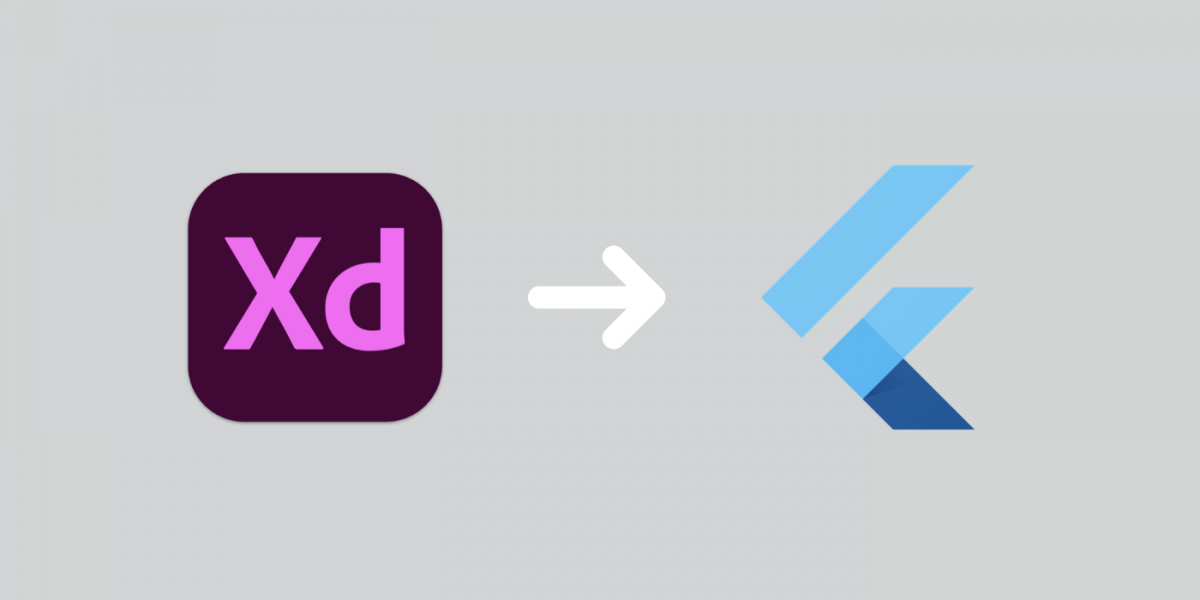While building the Wonderous app, we wanted to craft a great experience for visually impaired users using screen readers. Flutter does an admirable job working with these systems out of the box, but app developers also have work to do to create a polished user experience.
In this post we’ll look at how screen readers work and then run through the top accessibility related lessons we learned along the way.
Continue reading →






